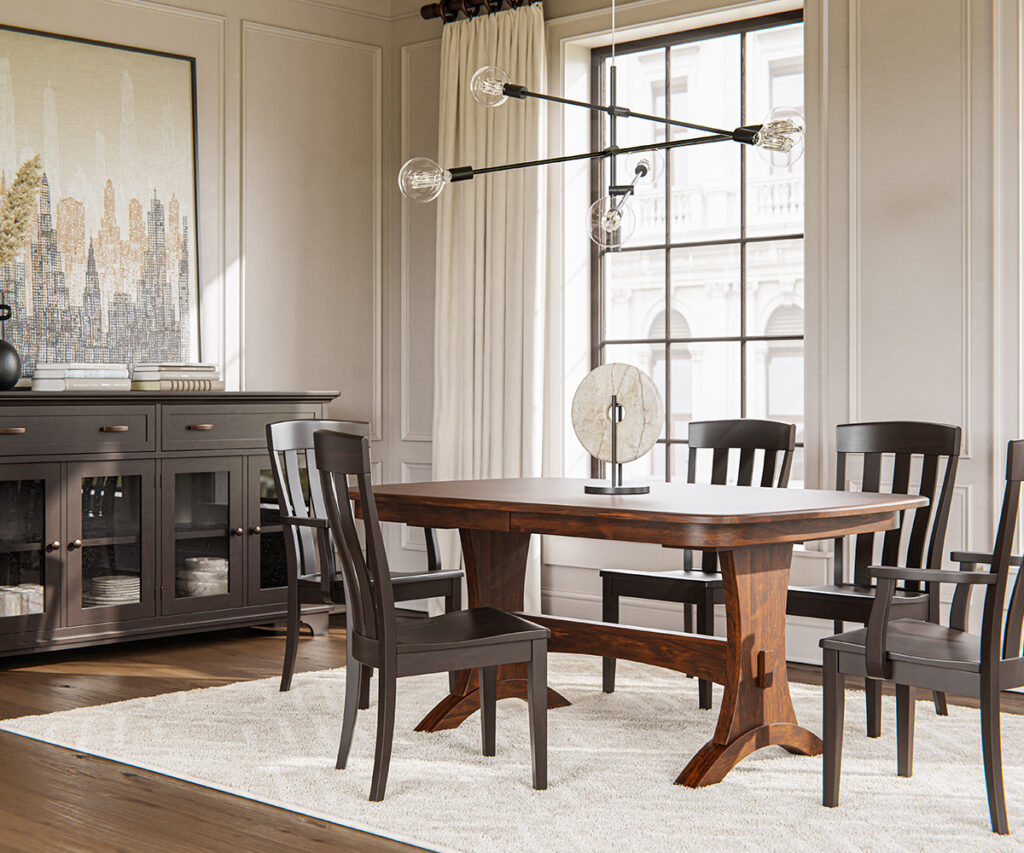Many families find it challenging to eat dinner together. Parents stay late at work, and kids participate in sports, jobs, homework, or social events. Technology, like TV, draws families to the living room instead of the table. Parents with young kids often ensure family meals happen, but the process feels exhausting. Toddlers act irrationally, make messes, and refuse certain foods. By the time kids can manage meals on their own, parents feel ready to let them.

But as family dinners fade, their benefits disappear. Studies confirm that kids who share meals with family regularly develop healthier eating habits, consume more nutritious foods, and expand their vocabularies. They also perform better in school because they have a safe space to express their daily challenges.
The benefits extend beyond children. Eating in a group encourages both children and adults to pace themselves, helping them recognize fullness. Even dining with just one other person offers positive effects. For those who miss meals at home, eating with coworkers provides similar advantages.
How to Make Family Dinners Happen
If you hope to make family dinners a routine, commit to prioritizing them. Many people avoid them due to the time and effort required, but research demonstrates that what you dedicate time to shapes your values. While time and effort might feel like barriers, they actually establish family dinners as a natural habit.

Every family can prioritize dinner in different ways. Some may need to get into the habit of clearing off the table regularly. Others might adjust work schedules to arrive home earlier. Some may sit down together even when not everyone can join. For families with older kids, gathering every member at dinner remains difficult. The goal shouldn’t be about creating perfect meals with everyone there—but about creating a routine of eating with whoever can and sharing about the day, both good and bad.

If it’s difficult to eat together without distractions, planning discussion topics can help. The Family Dinner Project offers 100 ways to engage family members in meaningful discussions. Reframing arguments as opportunities to resolve conflicts can lower people’s anxieties about tension. Over time, reducing screen time at meals allows families to address issues before they turn into larger disputes.

Finally, put your table in an optimal setting. Some families free up space in the dining room, while others find that the kitchen accommodates a table best. If necessary, rearrange non-essential furniture like desks to make room for a table large enough for everyone. Placing the table in a central location reinforces the importance of family meals.
Which Dinner Table Is Best for Your Family?
Family dinners can be enjoyed around any sort of table, but you may be reaching the stage of life when it’s time to invest in a quality hardwood table. A well-crafted table provides durability that fits your family, your lifestyle, and dining room. Much like family itself, a hardwood table endures spills, scratches, and drama. It becomes a lasting centerpiece, meant to be passed down through generations—just like your memories. Investing in a quality table means investing in the gatherings, conversations, and connections that define family meals.

